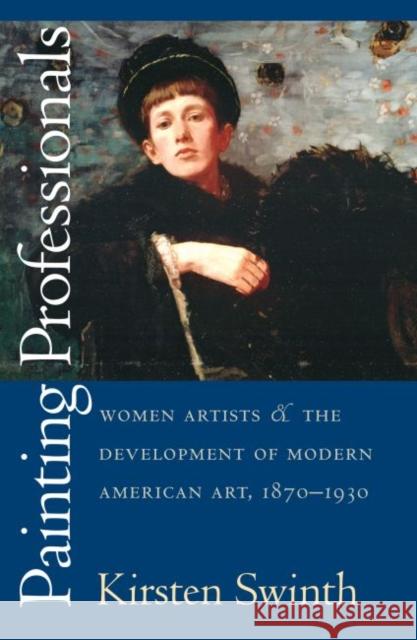Painting Professionals: Women Artists and the Development of Modern American Art, 1870-1930 » książka
Painting Professionals: Women Artists and the Development of Modern American Art, 1870-1930
ISBN-13: 9780807849712 / Angielski / Miękka / 2001 / 328 str.
Painting Professionals: Women Artists and the Development of Modern American Art, 1870-1930
ISBN-13: 9780807849712 / Angielski / Miękka / 2001 / 328 str.
(netto: 157,95 VAT: 5%)
Najniższa cena z 30 dni: 159,32 zł
ok. 30 dni roboczych
Bez gwarancji dostawy przed świętami
Darmowa dostawa!
Thousands of women pursued artistic careers in the United States during the late nineteenth century. According to census figures, the number of women among the ranks of professional artists rose from 10 percent to nearly 50 percent between 1870 and 1890. Examining the effects of this change, Kirsten Swinth explores how women's growing presence in the American art world transformed both its institutions and its ideology.
Swinth traces the careers of women painters in New York, Philadelphia, and Boston, opening and closing her book with discussion of the two most famous women artists of the period--Mary Cassatt and Georgia O'Keeffe. Perhaps surprisingly, Swinth shows that in the 1870s and 1880s men and women easily crossed the boundaries separating conventionally masculine and feminine artistic territories to compete with each other as well as to join forces to professionalize art training, manage a fluid and unpredictable art market, and shape the language of art criticism. By the 1890s, however, women artists faced a backlash. Ultimately, Swinth argues, these gender contests spilled beyond the world of art to shape twentieth-century understandings of high culture and the formation of modernism in profound ways.











